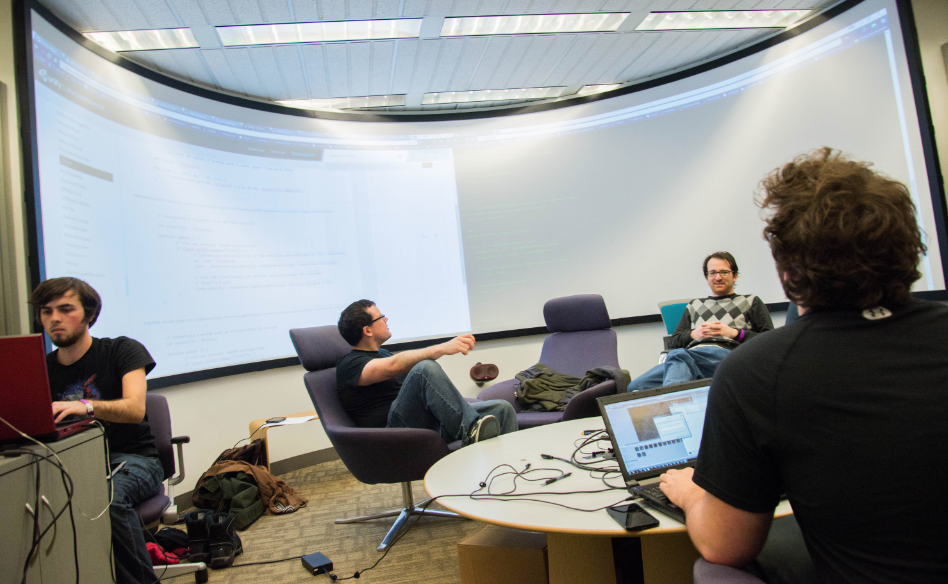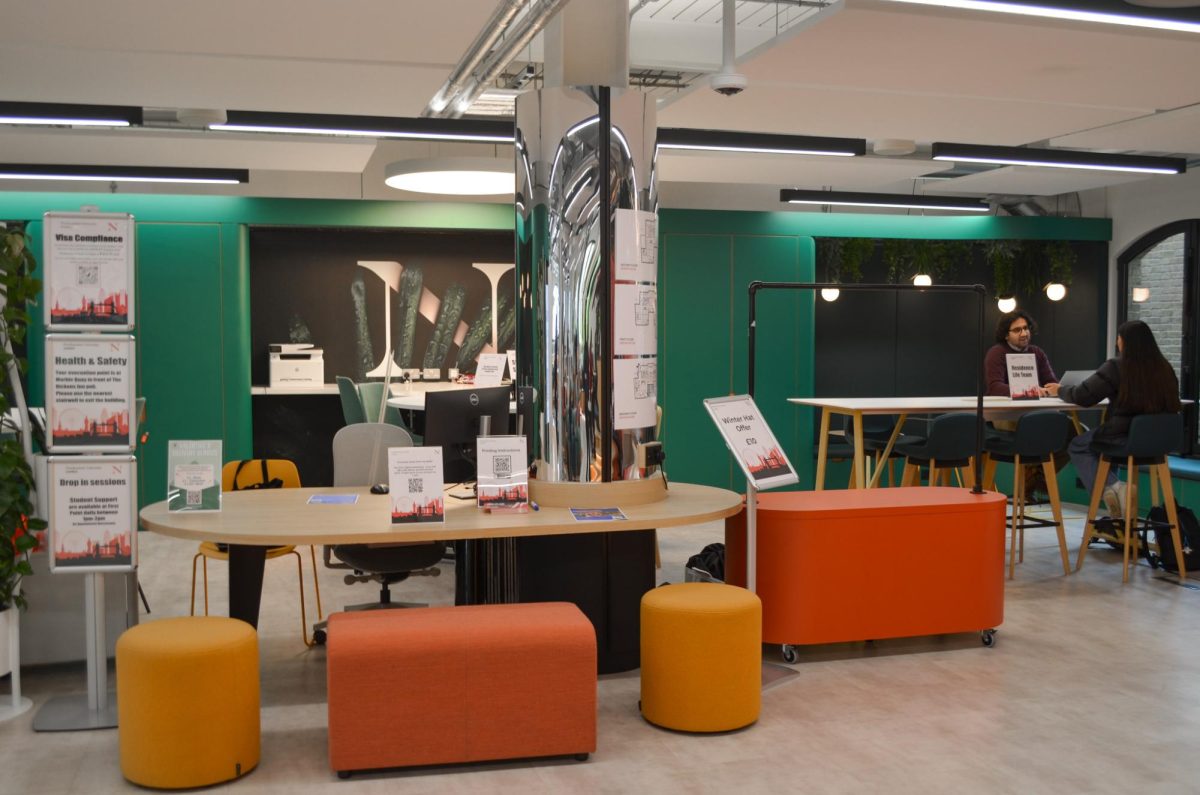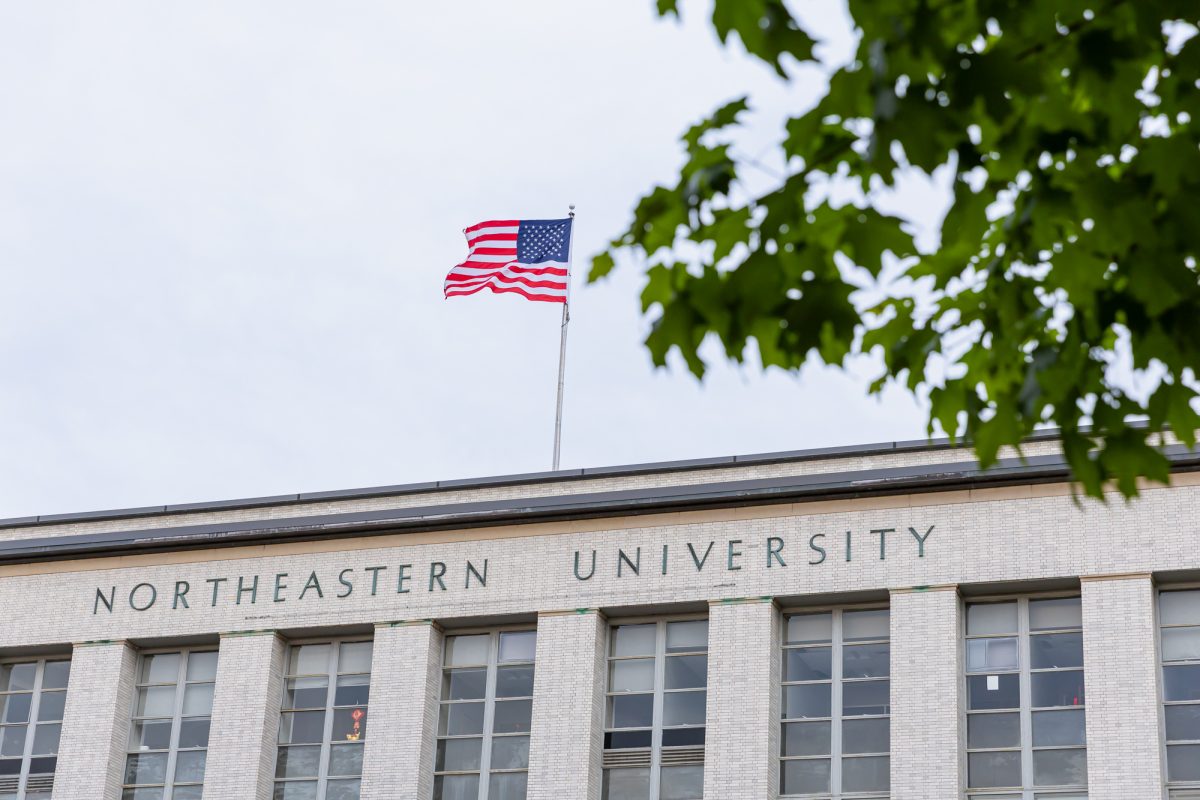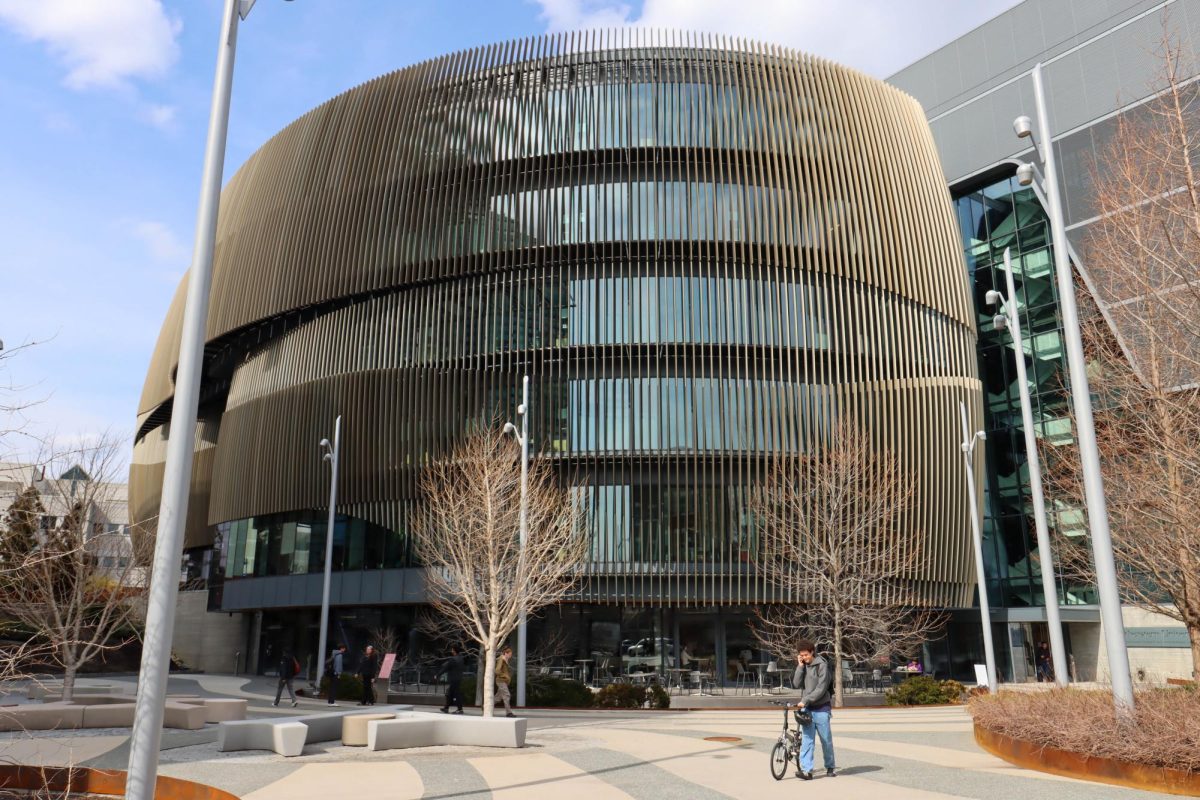By Fernanda Hurtado Ortiz, news correspondent
Susan Gold, professor of the practice of game design at Northeastern, founded Global Game Jam (GGJ) in 2009 after returning from a game conference in Sweden. The 48-hour event welcomes students and professionals interested in game design in over 520 locations in 78 countries to create video games in the limited time available.
GGJ which began on Friday, Jan. 23 and ended Sunday, Jan. 25, simultaneously celebrated experimentation, innovation and collaboration through game design.This year, Northeastern was chosen as the Boston location.
“I thought ‘wouldn’t it be cool if students and professionals could all work together [to make a game in 48 hours]?’ and then it was like ‘what if we did it around the world simultaneously and we are all connected digitally?” Gold said. “I started in 2009 and our first Global Game Jam was in 54 locations and I was so excited because I had a location in South Africa and this year we have a location in Cuba. We have locations in places where nobody ever talks to people, so for me it has just been exciting to watch the spread and growth of game development around the world.”
Northeastern’s Digital Media Commons in Snell Library was chosen as Boston’s main location. On the other side of the Charles River, Massachusetts Institute of Technology held GGJ in its state-of-art Game Lab.
“Boston is such a great game development town. Our game program [at Northeastern] is really special and we wanted to find ways to make games real so [they’re] not just a class exercise,” Gold said. “When you get to make a game from start to finish in one weekend and it’s okay to fail then it’s a great opportunity to see if they like it, to explore the world of games.”
According to Gold, GGJ isn’t about competition but is rather about experience and networking with people all around Boston.
“Our idea is to grow communities,” Gold said. “There are lots of game jams that are virtual where you just meet online, but I wanted people to start making contact. I wanted people that were from different universities to come together. So we have [University of Massachusetts] students, Wentworth [Institute of Technology (WIT)] students, Emerson [College], Tufts [University] and more and it’s open to professionals as well, so we have people form game studios all over Boston and all over the country so that people start [connecting].”
Matthew Murcko, a WIT alumnus with a major in architecture, decided to participate in this year’s GGJ at Northeastern because he was inspired by Gold’s goals for the conference.
“I was looking to get into level design and just looking for any avenues that I can,” Murcko said. “I studied architecture, so I’m trying to transfer that sort of mindset into video games – the idea of creating virtual environments and worlds. I was just looking for experience and, more importantly, networking.”
According to Gold, participants choose their own teams.
While some chose teammates at GGJ, Julia Wlochowski, Northeastern sophomore game design major, came into GGJ with her teammates already decided.
“I had done GGJ last year and it was a lot of fun and this year I had some new friends that I wanted to make a game with,” Wlochowski said. “It’s just an awesome experience, a great way to meet new people and create a cool game or just learn new things about how to make games or new technology.”
Every year, GGJ comes up with a secret theme to create a foundation for the games. According to Gold, the committee is made up of a team of people who have been making games professionally for years.
“They want something that will make people think. The themes in the past have been all over the place; we’ve had sounds, picture, phrases and words,” Gold said. “We try to mix it up to try to keep everyone guessing and every year it’s completely different than the years before.”
For Wlochowski, the theme was surprising.
“When we actually figured out [the theme] it was so broad I could just make any game and it could fit the theme of “What do we do now?” Wlochowski said. “We found people that we got along well with each other (sic) and had interesting ideas and different skills and just sat down and started pitching ideas to each other.”
As a past participant of GGJ as well, Gold said she believes that surrounding yourself with such creative people is what generates productivity.
“Together we can make so many amazing things, it’s that collaboration and that energy that they feed off of that gets things so cool,” she said. “For me, being around other artists and people making games always raises the bar for me, so it’s super exciting and I find myself trying to do something new.“
Wlochoswki found that that was the case in her experience in this year’s GGJ.
“I like making games. That’s what I do,” Wlochowski said. “It’s hard to sit down on your own and make a game anytime but when it’s in 48 hours straight, you’d be surprised how much you can get done within that limited amount of time, especially when youre surrounded by a group of other people who are supporting you and doing the same thing as you, it’s really cool.”
Photo by Scotty Schenck















